Proper insulation reduces HVAC energy consumption by preventing heat loss in winter and heat gain in summer, allowing systems to run more efficiently. Upgrading wall and roof insulation, sealing air leaks, and using smart temperature control helps lower energy costs and improve indoor comfort.
With advancements in thermal insulation materials, smart temperature control, and energy-efficient construction, homeowners can significantly reduce their HVAC energy consumption. By sealing air leaks, upgrading insulation, and optimizing ventilation and zoning systems, energy efficiency improves while maintaining indoor comfort.
Why Insulation Matters for HVAC Efficiency
Insulation is essential for keeping warm air inside during winter and cool air inside during summer. Without proper insulation, heated or cooled air escapes, forcing HVAC systems to run longer and consume more energy.
Key Benefits of Proper Insulation:
- Reduces energy waste, lowering heating and cooling costs.
- Prevents overworking HVAC systems, extending their lifespan.
- Improves indoor comfort by maintaining stable temperatures.
- Enhances building sustainability by lowering carbon emissions.
Studies show that upgrading insulation in walls, roofs, and floors can reduce energy consumption by 35-45%. With the right insulation strategies, homeowners can create energy-efficient homes that require less heating and cooling throughout the year.
Best Insulation Practices to Reduce HVAC Energy Consumption
Upgrade Wall and Roof Insulation
Walls and roofs are two of the biggest areas where heat loss and gain occur. Improving insulation in these areas helps reduce HVAC energy demand.
- Use thermal insulation boards or spray foam insulation for walls.
- Install reflective roof insulation to block heat during summer.
- Upgrade attic insulation to prevent warm air from escaping.
- Choose high R-value insulation materials to improve thermal resistance.
Seal Air Leaks and Improve Weatherproofing
Small cracks, gaps, and leaks around windows, doors, and ductwork allow conditioned air to escape, making HVAC systems work harder.
- Use weatherstripping around doors and windows to stop air leaks.
- Apply caulking to seal gaps and cracks in walls and floors.
- Insulate ductwork to prevent energy loss in unconditioned spaces.
- Check and repair HVAC system leaks for better efficiency.
Proper air sealing helps reduce energy loss by up to 20%, significantly lowering heating and cooling costs.
Upgrade Windows and Shading Techniques
Windows are one of the biggest sources of heat loss in winter and heat gain in summer. Proper insulation around windows improves HVAC efficiency and stabilizes indoor temperatures.
- Install double-glazed or Low-E windows to reduce heat transfer.
- Use blackout or thermal curtains to block heat loss in winter.
- Apply smart window films to reflect excess heat.
- Install external shading devices, such as awnings, for natural cooling.
Use Smart Temperature Control and Zoned HVAC Systems
Smart insulation isn’t just about materials—it also involves intelligent HVAC management. Using smart thermostats and zoning systems improves energy distribution and prevents unnecessary heating or cooling.
- Install programmable thermostats to optimize temperature settings.
- Use occupancy sensors to adjust HVAC operation based on room usage.
- Divide the home into climate zones to control heating and cooling in specific areas.
- Ensure proper airflow and ventilation for even temperature distribution.
Zoned HVAC systems help reduce energy waste by heating and cooling only occupied spaces, improving efficiency without sacrificing comfort.
Choose High-Performance Insulation Materials
Not all insulation materials are the same. Selecting high-performance materials ensures maximum energy savings and durability.
- Fiberglass insulation – Affordable, widely used, and fire-resistant.
- Spray foam insulation – Expands to fill gaps, improving air sealing.
- Mineral wool insulation – Provides excellent fire and soundproofing benefits.
- Rigid foam board insulation – Offers high R-value for walls and roofs.
Investing in the right insulation materials helps homeowners achieve long-term energy efficiency with minimal maintenance.
Additional Energy-Saving Strategies for HVAC Efficiency
Beyond insulation, several other energy-saving techniques can enhance HVAC performance and reduce consumption.
Regular HVAC Maintenance
- Change air filters every 1-3 months to prevent airflow restrictions.
- Schedule professional inspections to check for efficiency issues.
- Clean ductwork and vents to improve air circulation.
Reduce Heat Gain from Appliances
- Turn off unused electronics to prevent unnecessary heat buildup.
- Use energy-efficient lighting to reduce heat emissions.
- Place heat-generating appliances away from thermostats to avoid false readings.
Incorporate Natural Ventilation
- Open windows in cooler months to reduce reliance on HVAC systems.
- Use ceiling fans to improve airflow and maintain comfort.
- Install whole-house ventilation systems to balance indoor air quality.
Financial Incentives for Energy-Efficient Insulation
Many homeowners may qualify for rebates and tax credits when upgrading insulation or implementing energy-efficient HVAC improvements.
- Energy Star-certified insulation qualifies for rebates through utility companies.
- The Inflation Reduction Act (U.S.) offers tax credits for insulation and HVAC upgrades.
- Local energy efficiency programs provide grants for home insulation improvements.
Investing in insulation upgrades can pay for itself over time through lower energy bills and increased home value.
Final Thoughts
Proper insulation is one of the most effective ways to reduce HVAC energy consumption and improve overall home efficiency. By upgrading insulation, sealing air leaks, and optimizing temperature control, homeowners can cut energy waste, reduce utility costs, and extend the lifespan of their HVAC systems.










